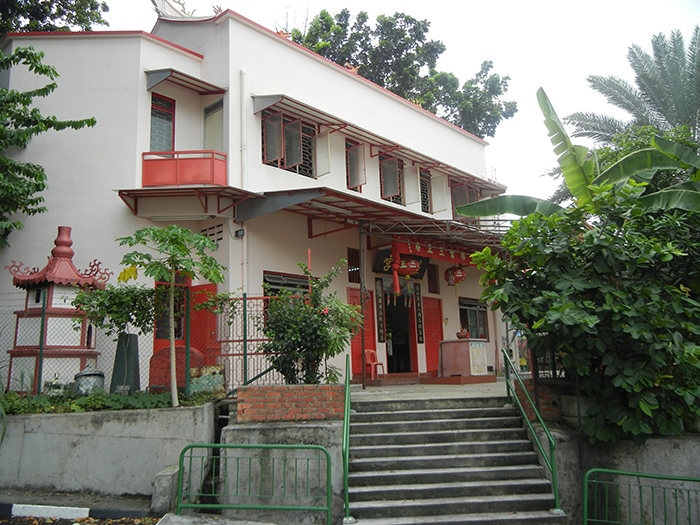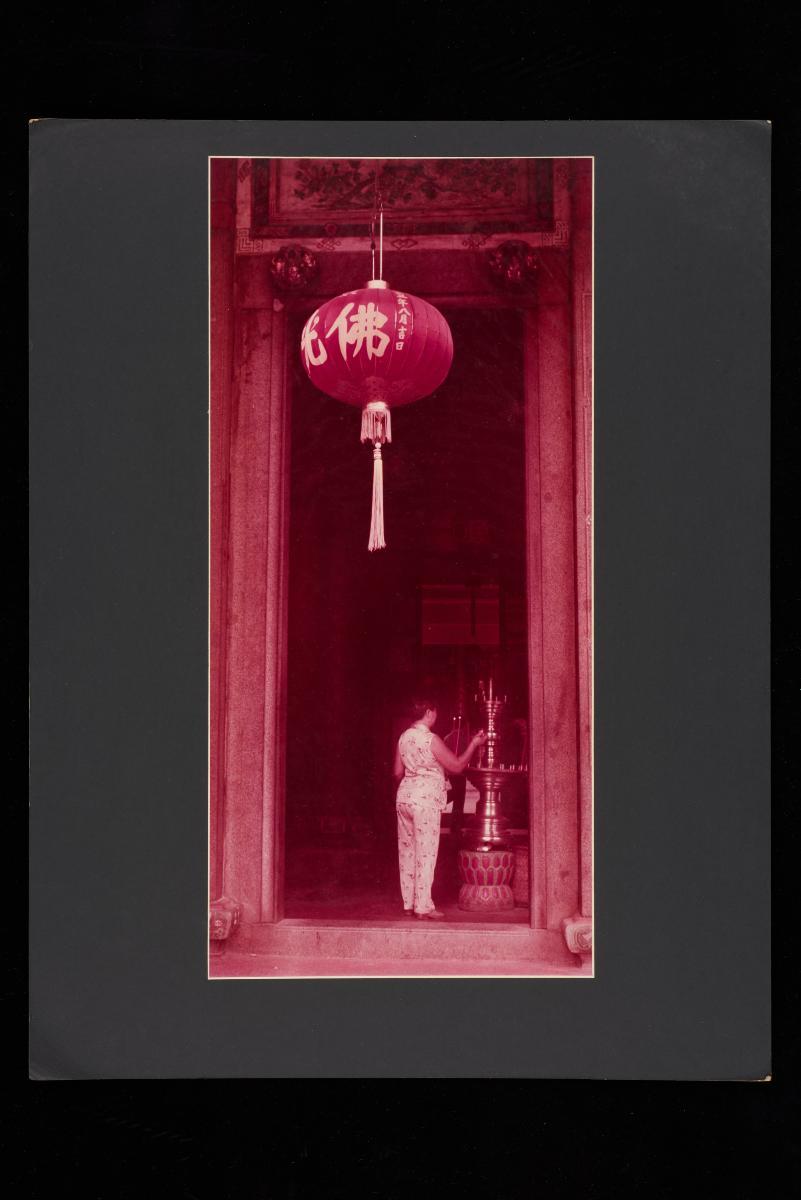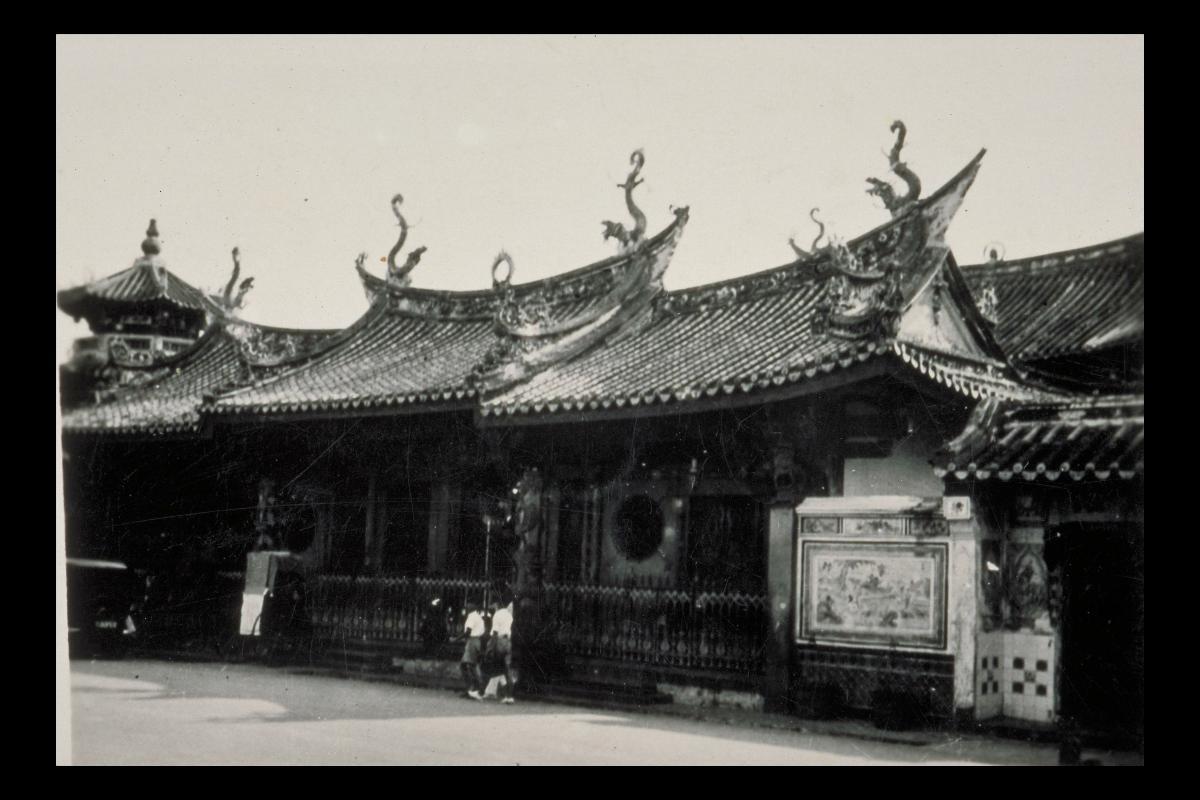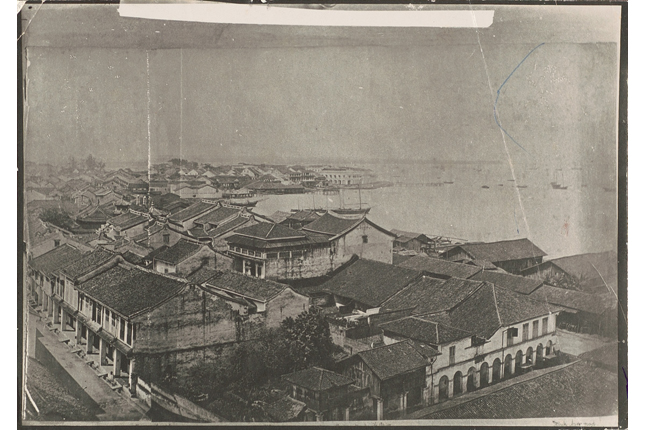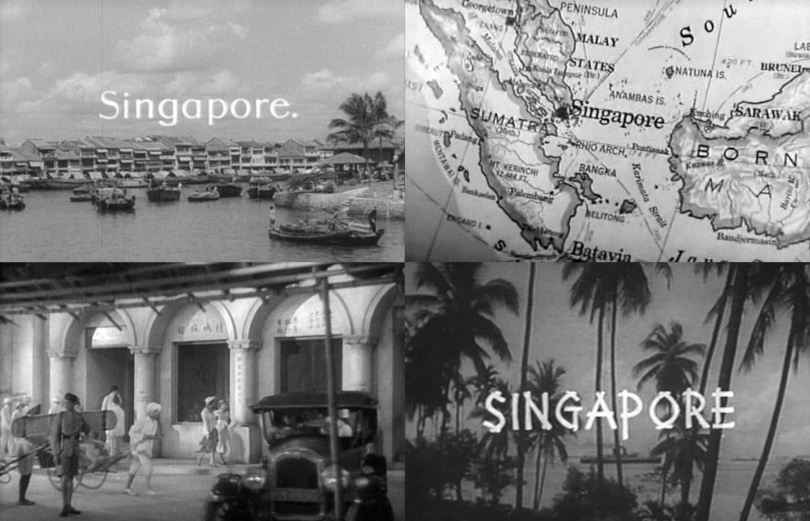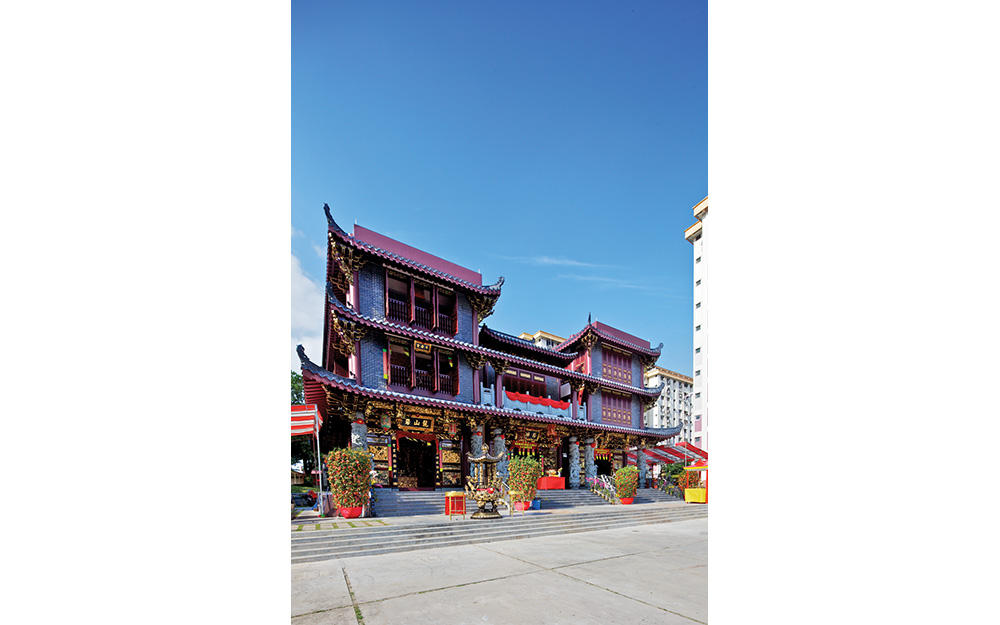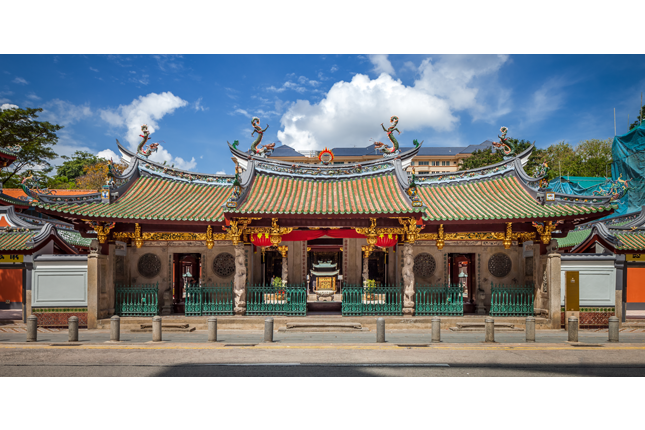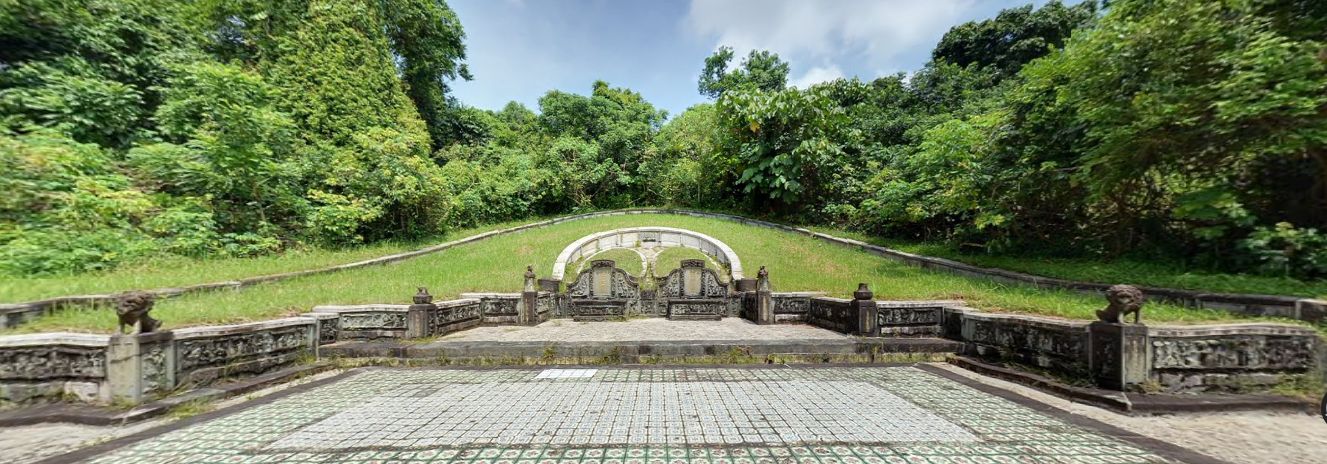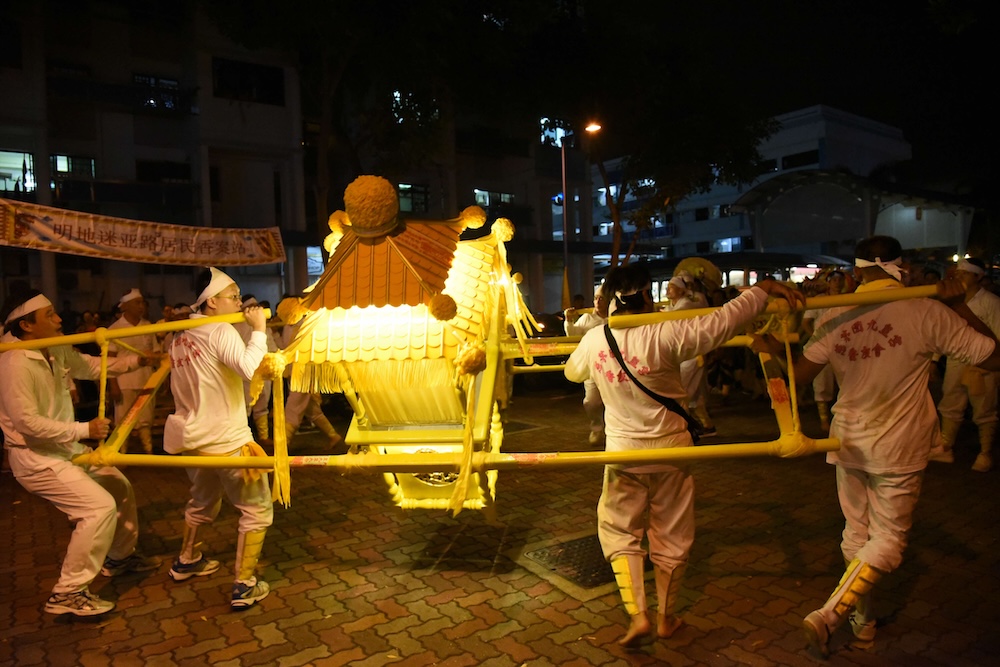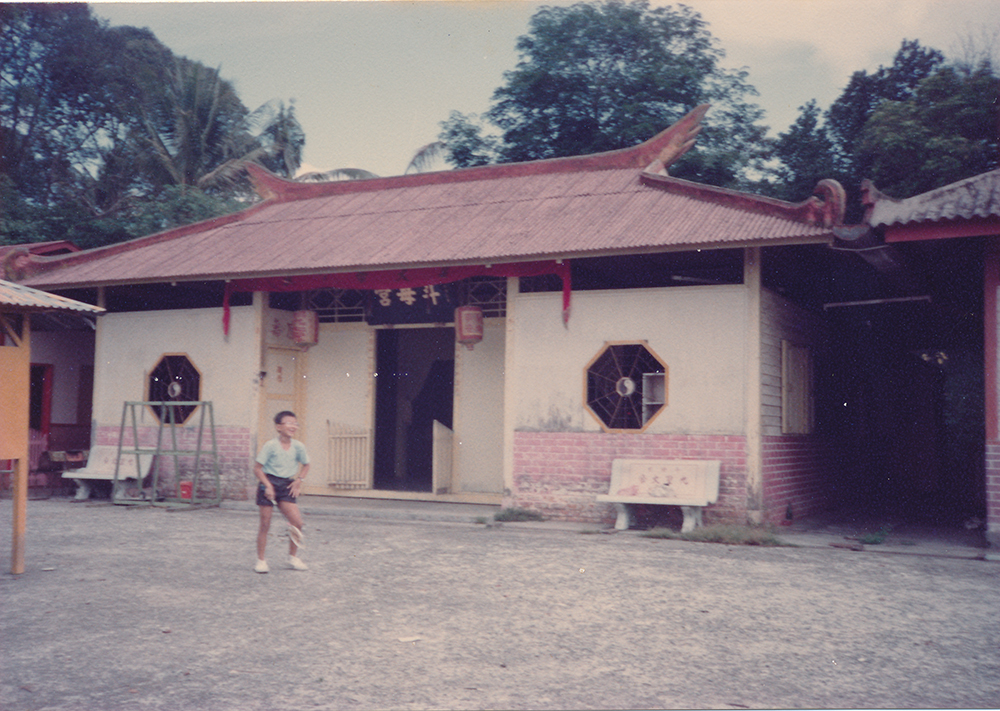First built in 1873, Ho Lim Keng Temple is also known as Gao Lin Gong Temple and was constructed at Tras Street by members of the Singapore Khoh Clan Association. In the 19th century, the Khoh pioneers had brought joss ash of their patron deities from Yu Hu Village in Nan’an, Fujian, to San Wang Fu temple in Singapore.
Ho Lim Keng Temple became the site of festive celebrations by the Khoh Clan Association for many years. The temple continued its peaceful existence until the early 1960s, when it became involved in a two-year civil lawsuit.
The three accused persons had been appointed by the court as trustees of the land and temple since January 1961. The woman who initiated the lawsuit, Madam Tan Geok Loo, however, claimed that she had been in uninterrupted possession of the land and temple since 1928. She requested an order restraining the trustees and their associates from entering, occupying or remaining on the property. After two years and 27 hearings, the case was concluded with the three trustees winning the suit.
A New Beginning
The temple was later rebuilt at Outram Hill in 1975, and was consecrated by Venerable Hong Chuan, a former abbot of Kong Meng San Phor Kark See Monastery. Unlike many Chinese temples, Ho Lim Keng’s architecture appears to be predominantly modern with traditional embellishments. Surrounded by lush vegetation, the double-storey reinforced concrete building is painted pink and red—auspicious colours associated with Chinese temples. Its roof is adorned with traditional Southern Chinese architectural features, such as a pair of dragons, swallowtails and juancao (捲草).
The temple houses three main deities: Xu Xun Gong Zhen Jun (许逊公真君), Xu Zhao Ying Hou Gong (许昭应侯公) and San Wang Ye Gong (三王爷公). Its second floor contains an ancestral hall belonging to the Singapore Khoh Clan Association, which remains the temple’s owners to this day.
Buildings and sites featured on Roots.SG are part of our efforts to raise awareness of our heritage; a listing on Roots.SG does not imply any form of preservation or conservation status, unless it is mentioned in the article. The information in this article is valid as of June 2020 and is not intended to be an exhaustive history of the site/building.




